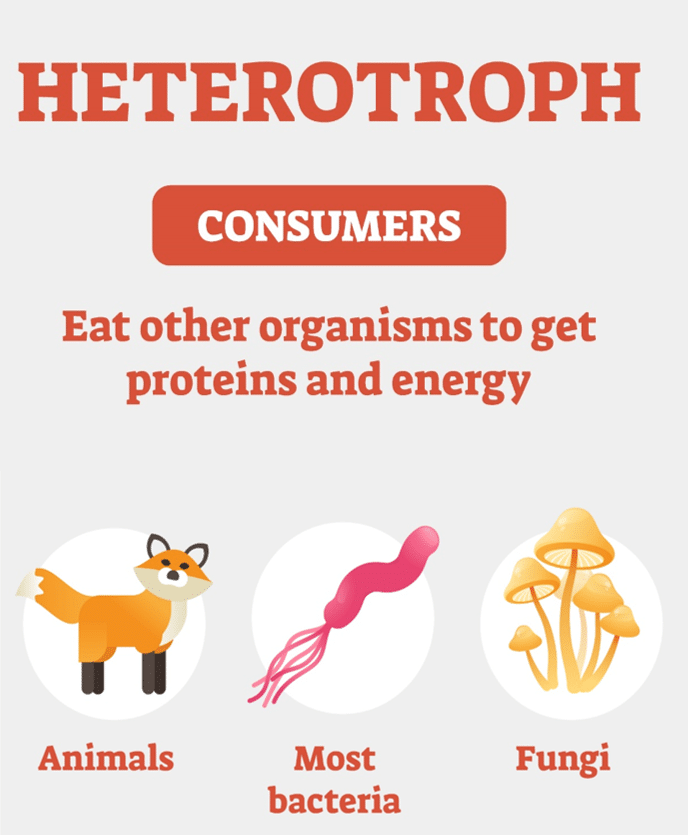Section 1: Introduction to Animals

In the fascinating world of animals, a set of defining characteristics unites diverse species. First, animals are multicellular organisms, which means their bodies are made up of many cells. Secondly, they are eukaryotic, which means their bodies contain a nucleus and other membrane-bound organelles that orchestrate vital biological functions. Unlike plants, animal cells lack a cell wall, offering them more flexibility in form and function. Finally, animals are heterotrophic and must find their own food to eat to obtain energy. All animals move around in a particular way, engage in reproduction to ensure the continuation of its species and find ways to protect themselves from threats.
Reproduction is imperative for a species survival. Animals employ two primary methods for reproduction. Asexual reproduction occurs in organisms like sea stars and sea anemones when a single organism produces an organism identical to itself. During sexual reproduction, a new organism develops by joining two sex cells: a male sperm cell and a female egg cell. In all mammals and some fish, fertilization is internal.

Most animals develop from a fertilized egg cell called a zygote, which has genetically determined stages of development. In the beginning stages of development, the zygote will divide by mitosis and cell division to form two cells. Once cell division has begun, the zygote is referred to as an embryo, an organism at an early stage of growth and development.
The embryo will continue to divide from the two cells (blastomeres) to a ball of thirty, called a morula, which results from cleavage, until a cell-covered, fluid-filled ball called a blastula is formed. Depending on the organism’s complexity, the blastula could take about ten hours to develop, like in sea urchin development, or five days, for example, in humans.
Cell division continues after the formation of the blastula until, eventually, the cells on one side begin to move inward to form a gastrula. A gastrula is a structure of two layers of cells with an opening at one end. The opening continues inward to form a cavity. The cells lining the inner surface of the cavity are called the endoderm, and the layer of cells on the outer surface of the gastrula is called the ectoderm. The endoderm cells develop into the lining of the organism’s digestive tract and other organs associated with digestion. The ectoderm will also continue to grow and divide, eventually forming an organism’s skin and nervous tissue.
In some animals, a mesoderm is formed from the cells that break off the endoderm. The mesoderm is a third layer in the developing embryo between the ectoderm and endoderm. The term meso means “middle,” which helps you remember where it can be found. The mesoderm cells develop into the muscles, circulatory system, excretory system, and respiratory system of some animals.

Animals are also categorized by the identifying features of their body or their body plan. Symmetry is a balanced arrangement of an animal’s body structure. For example, in radial symmetry, the body parts are arranged around a central axis, as seen in a sea anemone. An animal with bilateral symmetry has halves mirrored images of each other, and an asymmetrical body plan has no definite shape.
Review:
- Identify three characteristics of animals.
- What is a gastrula?
- Compare radial and bilateral symmetry.
